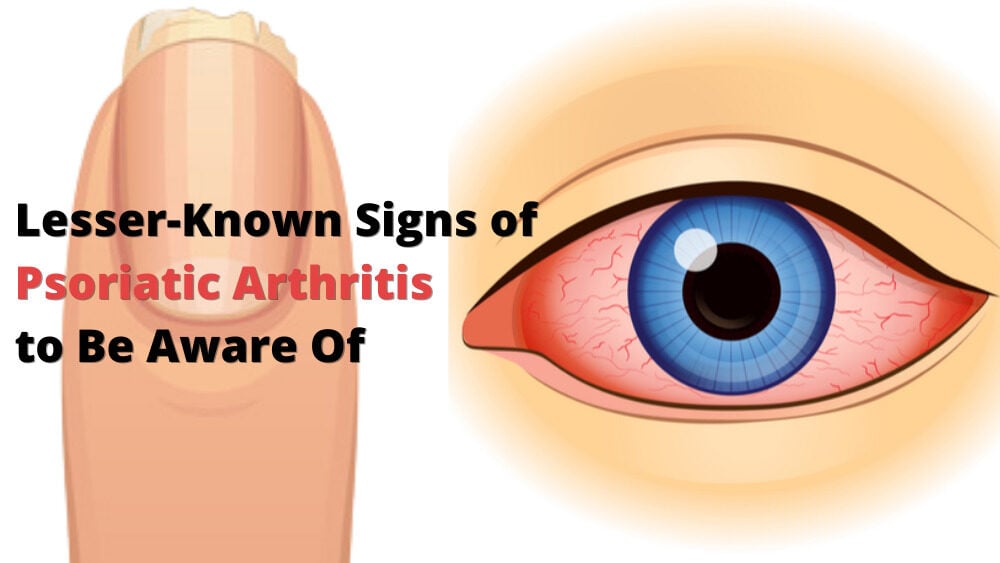Psoriasis is a chronic condition that causes red, itchy scaly patches on the skin, most commonly found on the knees, elbows, trunk and scalp.
The condition affects more than 8 million Americans, as well as 125 million people worldwide, according to the National Psoriasis Foundation.
Of those who suffer from psoriasis, roughly 30% will develop psoriatic arthritis, also known as PsA. Psoriatic arthritis is an autoimmune disease that results in pain and swelling in the joints and the area where tendons and ligaments are attached to the bones.
The disease typically affects men and women in their 30s and 40s, and cases can range from mild to severe.
In most instances, people with preexisting psoriasis develop psoriatic arthritis, but there are some cases where people develop psoriatic arthritis before experiencing a rash.
Symptoms of PsA, as outlined by Mayo Clinic, are as follows:
- Swollen fingers and toes: Psoriatic arthritis can cause a painful, sausage-like swelling of your fingers and toes.
- Foot pain. Psoriatic arthritis can also cause pain at the points where tendons and ligaments attach to your bones — especially at the back of your heel (Achilles tendinitis) or in the sole of your foot (plantar fasciitis).
- Lower back pain. Some people develop a condition called spondylitis as a result of psoriatic arthritis. Spondylitis mainly causes inflammation of the joints between the vertebrae of your spine and in the joints between your spine and pelvis (sacroiliitis).
- Nail changes. Nails can form tiny dents (pits), crumble or separate from the nail beds.
- Eye inflammation. Uveitis can cause eye pain, redness and blurry vision. If untreated, uveitis can lead to vision loss.
Mayo Clinic recommends that those who are diagnosed with psoriasis should speak to their doctor if they develop joint pain.
For more on psoriatic arthritis, including causes, risk factors and treatment, visit www.MayoClinic.org.



